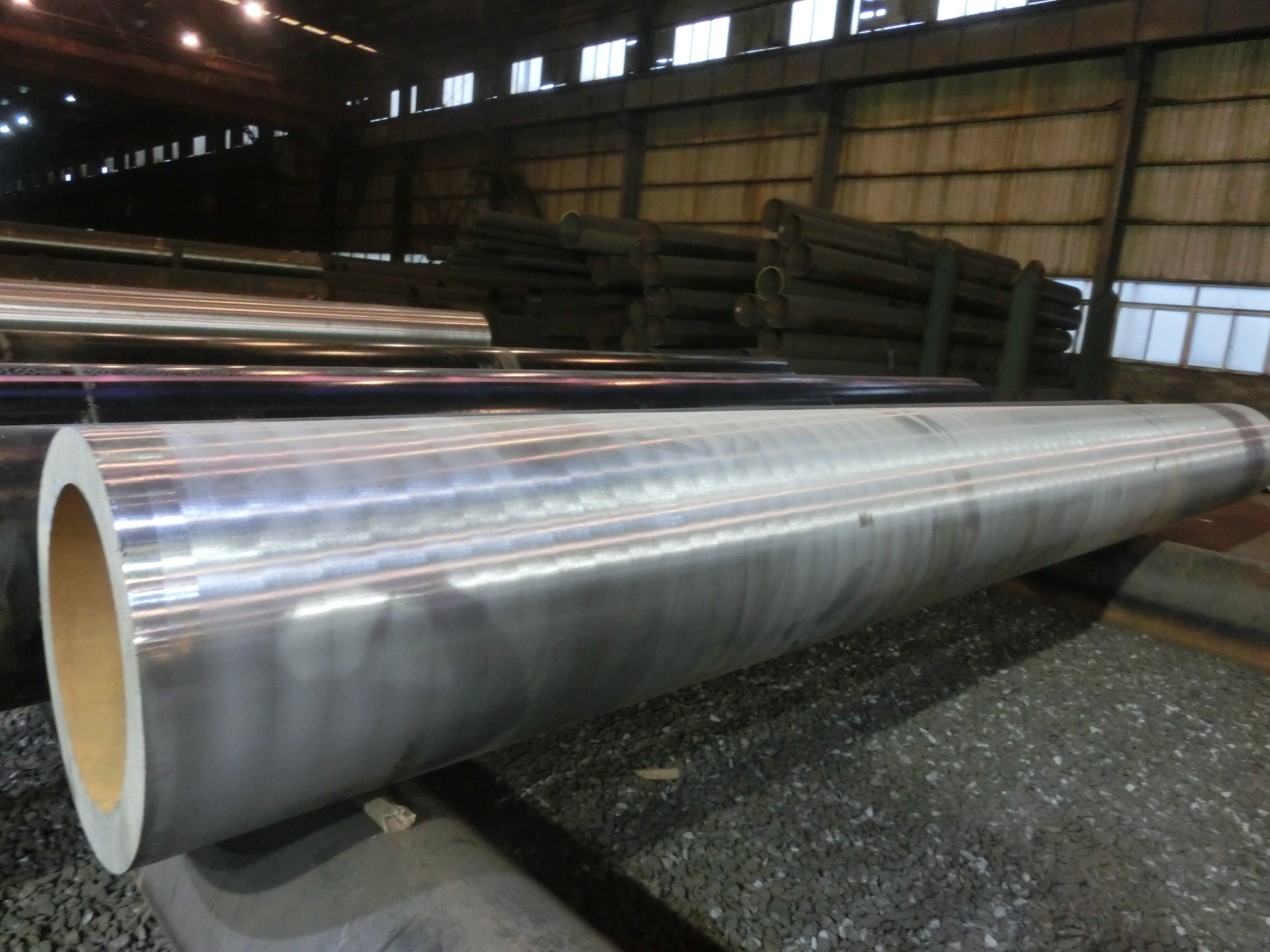In the past two years, the real estate market "Golden September and Silver 10" has become more and more inferior. Recently, statistics from a number of real estate research institutions indicate that this year’s “Golden September and Silver 10†cycle has also ended.
The reporter learned from the Kruger Real Estate Research Center that among the 29 key cities monitored by the country, the supply of commercial housing in October was 20.28 million square meters, down 43% from the previous month, and the transaction volume was 23.02 million square meters, a decrease of 6 %, in general, the overall transaction performance this month is not as good as the average in 2018.
Specifically, the low-selling trend of first-tier cities stopped shortly in October, which was a year-on-year decline. The chain fell sharply by 45%, down slightly by 3% year-on-year, and the volume in October was less than the average level in 2018. Among them, Beijing and Guangzhou saw a significant decline, with a drop of more than 45%. Although the volume of second- and third-tier cities was flat, the market sentiment continued to differentiate.
Yesterday, Yang Kewei, research director of the Kerry Research Center, said in an interview that in the context of the normalization of regulatory policies, the market cooling has been reasonable, and the central government has once again made it clear that “the real estate regulation will never be allowed to be abandoned and abandoned. "It is expected that the possibility of relaxation at the subsequent policy level is not large. At the same time, it is expected that the volume of transactions in the next two months will continue to maintain a slight decline, especially for second-, third- and fourth-tier cities with flat economic fundamentals and oversupply of market purchasing power, or they will face greater adjustment pressure.
Looking back at the national housing market regulation boom that began in 2016 with the “930†policy, it has been more than two years. From the perspective of regulation and control, the market for new houses and second-hand houses in first-tier cities has cooled down overall, and the increase in house prices in second- and third-tier cities has also declined. However, despite more than 400 regulatory policies issued from various regions during the year, it is still a high-level situation. The regulation and non-relaxation are clear, and the regulation of the current real estate market will continue to be strict and continuous.
Zhang Bo, chief analyst of 58 Housing Research, said that from the remaining two months of 2018, it is expected that the overall transaction volume of commercial housing will not fluctuate significantly, but due to changes in market expectations, the pace of price reduction by housing enterprises will continue to accelerate. The specific performance is that the tide of price cuts will be expanding, and the sales mode of “price-for-value†will be pushed out; the cooling trend of first- and second-tier hotspot cities will remain unchanged. The first-tier cities represented by Beijing may cool further in the fourth quarter. Accelerated, the second-hand housing market showed shrinking volume and no market price, while the volume of new housing market was expected to remain relatively stable due to the increasing volume of “price-for-moneyâ€. The cooling of some hot-spot second-tier cities may even exceed that of first-tier cities, and the volume of transactions in first-tier cities will be more obvious.
"It is worth noting that under the influence of the policy from a tight tone, it is expected that the policy pulldown of 2018 savings will be fully apparent in the first half of 2019." Zhang Bo said.
Yangzhou Chengde is a leader in the industry, and we can produce the Low-Temperature Service Steel Pipe according to the ASTM A333 and ASME SA333 standards.
We have been sold the GR.6 Steel Pipe about 20000 tons to date and the property of -45℃ impact value is about 100J, better than the standard`s requirements.
International
company, CHENGDE is a joint venture with American PCC Group (Precision Castparts Corp. Fortune 500 enterprises of USA,
PCC is the world leader in structural investment castings, forged components,
and airfoil castings for aircraft engines and industrial gas turbines. Airbus,
Boeing, GE, Rolls-Royce, and many other leading manufacturers depend on us for
critical airframe, engine, power generation, medical, and general industrial
components. With few exceptions, every aircraft in the sky flies with parts
made by PCC). Global operations in
more than 100 countries and regions, with annual sales of $ 500 million.
CHENGDE has become the industry leader and won deep trust of customers.
Low-Temperature Service Steel Pipe
Low Temperature Carbon Steel,Low Temperature Pipe,Low-Temperature Service Steel Pipe,Low Temperature Carbon Steel Pipe
YANGZHOU CHENGDE STEEL PIPE CO.,LTD , https://www.chengdepipe.com